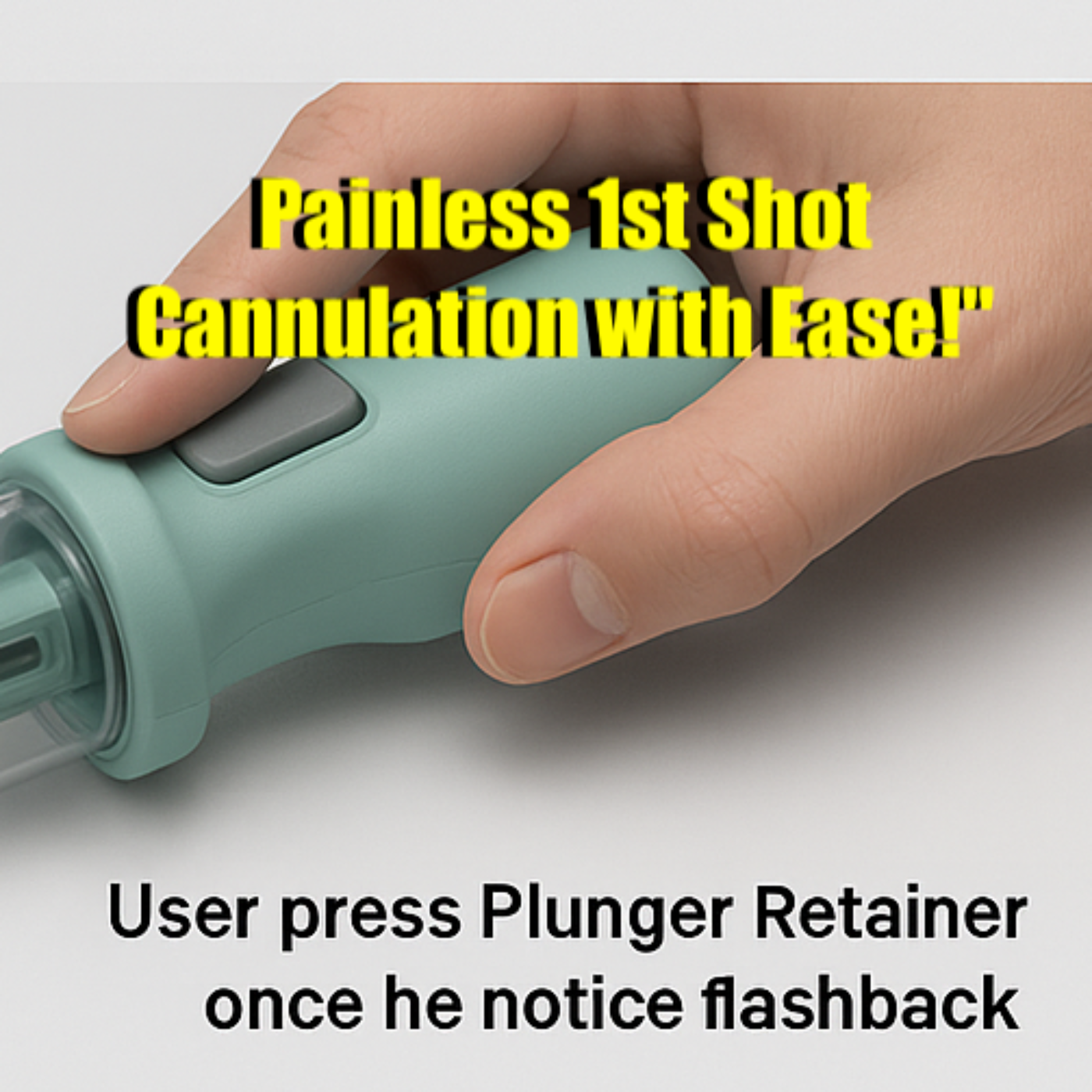Revolutionizing Painless Precision with our One-Shot Wonder Peripheral Intravenous Cannula!
- Author
- Kadiyali Srivatsa
- Published
- Sat 17 May 2025
- Episode Link
- https://rss.com/podcasts/srivatsa/2033760
Intravenous and Arterial Cannulation: Time to Rethink Safety and First-Attempt Success
What is a Cannula?
A cannula (from the Latin “little reed”) is a small, flexible tube inserted into the body, most commonly into veins or arteries. It is used to:
- Deliver fluids, medications, blood, or nutrition (IV therapy)
- Remove fluids or draw blood for investigations
- Continuously monitor blood gases and pH in critically ill patients
Venous and arterial cannulation are among modern healthcare's most frequently performed invasive procedures, spanning emergency rooms, operating theatres, ICUs, and general wards.
Training methods vary across institutions:
- Traditional “see one, do one, teach one” approach
- Mannequin simulations or peer practice
- Short workshops to multi-week courses
- Online modules paired with supervised practice
Unfortunately, even with training, the failure rate remains high, especially in patients with poor veins (elderly, dehydrated, or critically ill).
The Present-Day Problem: A Crisis Hidden in Plain Sight
Despite widespread use of so-called "safety cannulas", we are still struggling with:
The Safety IV Cannula was introduced to protect healthcare workers from accidental needle-stick injuries. However, it did not address the actual insertion process. The design still depends on the operator’s skill to guide the cannula over the needle into the vein—a technique unchanged in nearly 70 years.
A safety feature that activates after cannulation is not a safety solution for the patient. In fact, the trauma caused by failed attempts, especially in emergencies or resource-limited settings, is both dangerous and unethical.
In a pilot study, the inventor of VenaiCan asked nurses to explain “drying time” after skin antiseptic application. None were aware of it. This oversight likely contributes to the transfer of microorganisms into the bloodstream, leading to sepsis.
Antiseptics like chlorhexidine are bacteriostatic, not bactericidal. Unless the skin is dehydrated, they cannot offer optimal protection. When combined with failed cannulation attempts, this becomes a recipe for disaster.
A Missed Opportunity for "First Do No Harm"
The Hippocratic oath demands we "Do No Harm." But current practice allows harm through:
- Painful, repeated needle insertions
- Bypass of infection control protocols
- False safety reassurance with incomplete solutions
The inventor of VenaiCan published an article titled “How Safe is the Safety Cannula?” in Arab Health World, arguing that current designs protect the operator, not the patient.
Conclusion
We have made significant strides in material science, nurse training, and sharps safety, but not in insertion success. Every failed cannulation is a missed opportunity to prevent harm, sepsis, and suffering.
VenaiCan offers a real solution to the problem we've ignored for decades. It’s time for regulators, healthcare systems, and manufacturers to embrace innovation that prioritises patient safety over operator protection.
